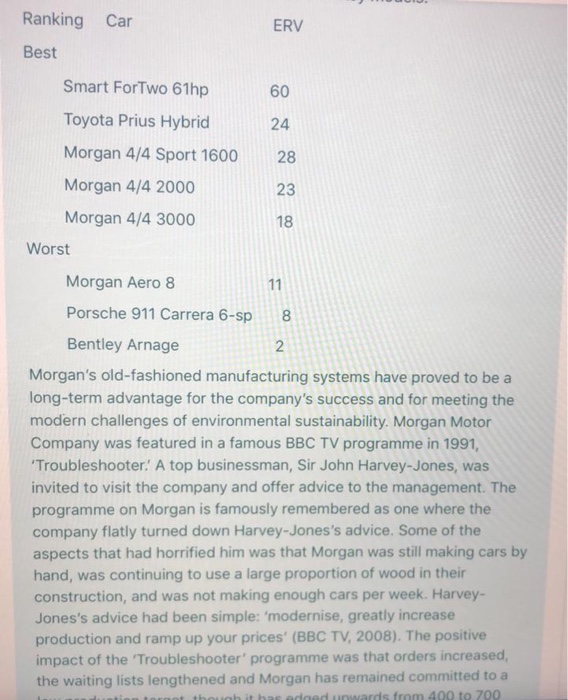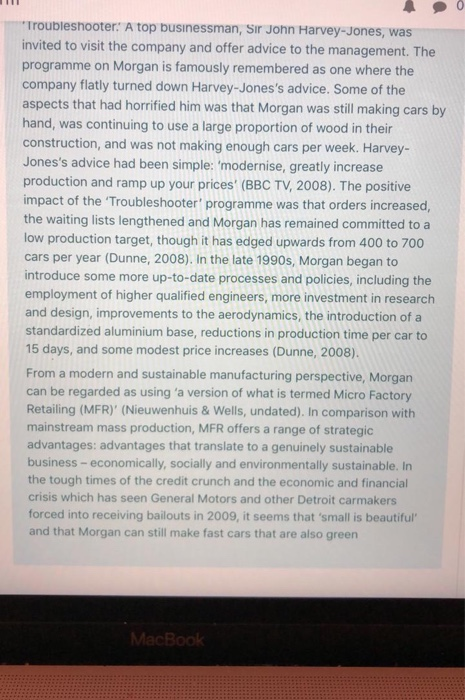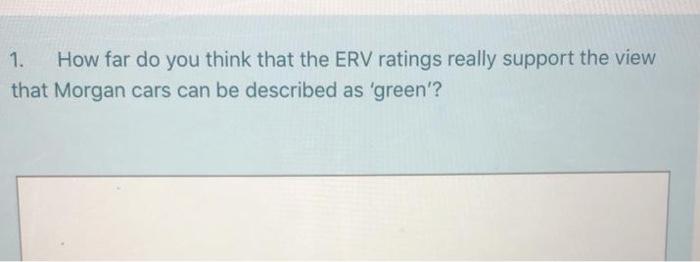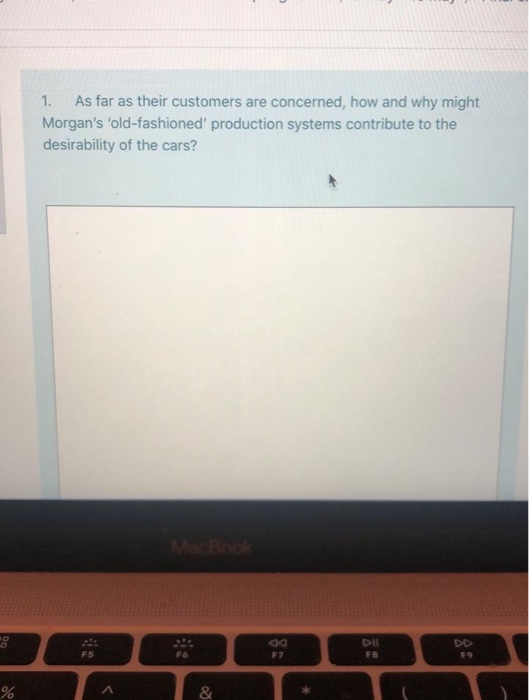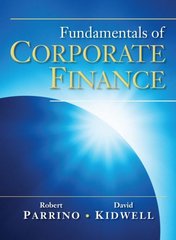The Morgan brand is well known in sports car circles and is justifiably famous for its capture of a particular niche. It is also successful on a limited production and for its green credentials. Based in the small town of Malvern in England, Morgan began producing cars in 1909. Over a hundred years later, it is still producing a small range and number of sports cars. It has made a name for itself as 'one of the best companies in terms of designing and building fit for purpose sports cars' (Nieuwenhuis & Wells, undated). The company is still family-owned and has generally adhered to traditional styling of its products as well as rather old-fashioned manufacturing practices and systems. It can afford to do this is because its order books remain full for about a year ahead, with sales from Australia to California, and throughout Europe and Asia. The company turns over 27 million annually, produces about 700 cars a year, and has a profit margin of about 12 per cent. In October 2012 Morgan opened its car dealership in the Xintiandi area of Shanghai; the Chinese market for Morgan cars is enormous More surprisingly, Morgan can out-compete most of its apparently more modern competitors in terms of environmental performance. This is highlighted by the scores that Morgan cars achieve in the Environmental Rating for Vehicles (ERV), as devised by Clifford- Thames/Cardiff University. The ERV uses public data to establish'a single number that attempts to incorporate a vehicle's total environmental impact including toxic emissions, CO2 emissions and use of raw materials and energy in production. The ratings currently range from 2 for the worst to 60 for the best, with the average at around 15 or 16' (Nieuwenhuis & Wells, undated). The overall rating of Morgan products is quite impressive, as can be seen below, comparing it with some other key models: Ranking Car ERV Ranking Car ERV Best 60 Smart ForTwo 61hp Toyota Prius Hybrid Morgan 4/4 Sport 1600 24 28 Morgan 4/4 2000 23 Morgan 4/4 3000 18 Worst 00 Morgan Aero 8 11 Porsche 911 Carrera 6-sp Bentley Arnage 2. Morgan's old-fashioned manufacturing systems have proved to be a long-term advantage for the company's success and for meeting the modern challenges of environmental sustainability. Morgan Motor Company was featured in a famous BBC TV programme in 1991, 'Troubleshooter: A top businessman, Sir John Harvey-Jones, was invited to visit the company and offer advice to the management. The programme on Morgan is famously remembered as one where the company flatly turned down Harvey-Jones's advice. Some of the aspects that had horrified him was that Morgan was still making cars by hand, was continuing to use a large proportion of wood in their construction, and was not making enough cars per week. Harvey- Jones's advice had been simple: 'modernise, greatly increase production and ramp up your prices' (BBC TV, 2008). The positive impact of the 'Troubleshooter' programme was that orders increased, the waiting lists lengthened and Morgan has remained committed to a has add unwards from 400 to 700 *Troubleshooter: A top businessman, Sir John Harvey-Jones, was invited to visit the company and offer advice to the management. The programme on Morgan is famously remembered as one where the company flatly turned down Harvey-Jones's advice. Some of the aspects that had horrified him was that Morgan was still making cars by hand, was continuing to use a large proportion of wood in their construction, and was not making enough cars per week. Harvey- Jones's advice had been simple: 'modernise, greatly increase production and ramp up your prices' (BBC TV, 2008). The positive impact of the 'Troubleshooter' programme was that orders increased, the waiting lists lengthened and Morgan has remained committed to a low production target, though it has edged upwards from 400 to 700 cars per year (Dunne, 2008). In the late 1990s, Morgan began to introduce some more up-to-date processes and policies, including the employment of higher qualified engineers, more investment in research and design, improvements to the aerodynamics, the introduction of a standardized aluminium base, reductions in production time per car to 15 days, and some modest price increases (Dunne, 2008). From a modern and sustainable manufacturing perspective, Morgan can be regarded as using 'a version of what is termed Micro Factory Retailing (MER)' (Nieuwenhuis & Wells, undated). In comparison with mainstream mass production, MFR offers a range of strategic advantages: advantages that translate to a genuinely sustainable business - economically, socially and environmentally sustainable. In the tough times of the credit crunch and the economic and financial crisis which has seen General Motors and other Detroit carmakers forced into receiving bailouts in 2009, it seems that 'small is beautiful and that Morgan can still make fast cars that are also green MacBook 1. How far do you think that the ERV ratings really support the view that Morgan cars can be described as 'green'? 1. As far as their customers are concerned, how and why might Morgan's 'old-fashioned' production systems contribute to the desirability of the cars? 0 Dil F8 FS F7 F9 % & The Morgan brand is well known in sports car circles and is justifiably famous for its capture of a particular niche. It is also successful on a limited production and for its green credentials. Based in the small town of Malvern in England, Morgan began producing cars in 1909. Over a hundred years later, it is still producing a small range and number of sports cars. It has made a name for itself as 'one of the best companies in terms of designing and building fit for purpose sports cars' (Nieuwenhuis & Wells, undated). The company is still family-owned and has generally adhered to traditional styling of its products as well as rather old-fashioned manufacturing practices and systems. It can afford to do this is because its order books remain full for about a year ahead, with sales from Australia to California, and throughout Europe and Asia. The company turns over 27 million annually, produces about 700 cars a year, and has a profit margin of about 12 per cent. In October 2012 Morgan opened its car dealership in the Xintiandi area of Shanghai; the Chinese market for Morgan cars is enormous More surprisingly, Morgan can out-compete most of its apparently more modern competitors in terms of environmental performance. This is highlighted by the scores that Morgan cars achieve in the Environmental Rating for Vehicles (ERV), as devised by Clifford- Thames/Cardiff University. The ERV uses public data to establish'a single number that attempts to incorporate a vehicle's total environmental impact including toxic emissions, CO2 emissions and use of raw materials and energy in production. The ratings currently range from 2 for the worst to 60 for the best, with the average at around 15 or 16' (Nieuwenhuis & Wells, undated). The overall rating of Morgan products is quite impressive, as can be seen below, comparing it with some other key models: Ranking Car ERV Ranking Car ERV Best 60 Smart ForTwo 61hp Toyota Prius Hybrid Morgan 4/4 Sport 1600 24 28 Morgan 4/4 2000 23 Morgan 4/4 3000 18 Worst 00 Morgan Aero 8 11 Porsche 911 Carrera 6-sp Bentley Arnage 2. Morgan's old-fashioned manufacturing systems have proved to be a long-term advantage for the company's success and for meeting the modern challenges of environmental sustainability. Morgan Motor Company was featured in a famous BBC TV programme in 1991, 'Troubleshooter: A top businessman, Sir John Harvey-Jones, was invited to visit the company and offer advice to the management. The programme on Morgan is famously remembered as one where the company flatly turned down Harvey-Jones's advice. Some of the aspects that had horrified him was that Morgan was still making cars by hand, was continuing to use a large proportion of wood in their construction, and was not making enough cars per week. Harvey- Jones's advice had been simple: 'modernise, greatly increase production and ramp up your prices' (BBC TV, 2008). The positive impact of the 'Troubleshooter' programme was that orders increased, the waiting lists lengthened and Morgan has remained committed to a has add unwards from 400 to 700 *Troubleshooter: A top businessman, Sir John Harvey-Jones, was invited to visit the company and offer advice to the management. The programme on Morgan is famously remembered as one where the company flatly turned down Harvey-Jones's advice. Some of the aspects that had horrified him was that Morgan was still making cars by hand, was continuing to use a large proportion of wood in their construction, and was not making enough cars per week. Harvey- Jones's advice had been simple: 'modernise, greatly increase production and ramp up your prices' (BBC TV, 2008). The positive impact of the 'Troubleshooter' programme was that orders increased, the waiting lists lengthened and Morgan has remained committed to a low production target, though it has edged upwards from 400 to 700 cars per year (Dunne, 2008). In the late 1990s, Morgan began to introduce some more up-to-date processes and policies, including the employment of higher qualified engineers, more investment in research and design, improvements to the aerodynamics, the introduction of a standardized aluminium base, reductions in production time per car to 15 days, and some modest price increases (Dunne, 2008). From a modern and sustainable manufacturing perspective, Morgan can be regarded as using 'a version of what is termed Micro Factory Retailing (MER)' (Nieuwenhuis & Wells, undated). In comparison with mainstream mass production, MFR offers a range of strategic advantages: advantages that translate to a genuinely sustainable business - economically, socially and environmentally sustainable. In the tough times of the credit crunch and the economic and financial crisis which has seen General Motors and other Detroit carmakers forced into receiving bailouts in 2009, it seems that 'small is beautiful and that Morgan can still make fast cars that are also green MacBook 1. How far do you think that the ERV ratings really support the view that Morgan cars can be described as 'green'? 1. As far as their customers are concerned, how and why might Morgan's 'old-fashioned' production systems contribute to the desirability of the cars? 0 Dil F8 FS F7 F9 % &

